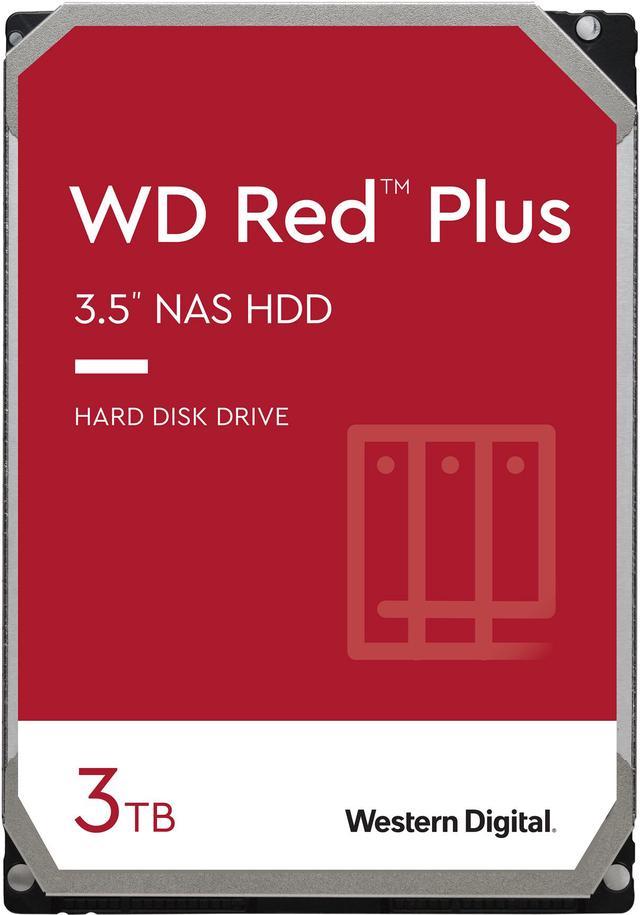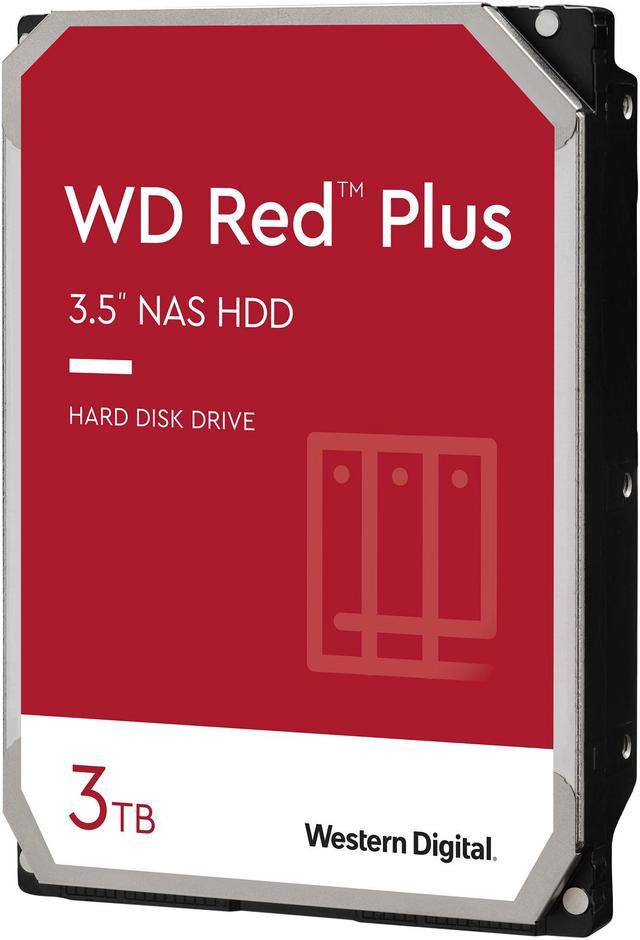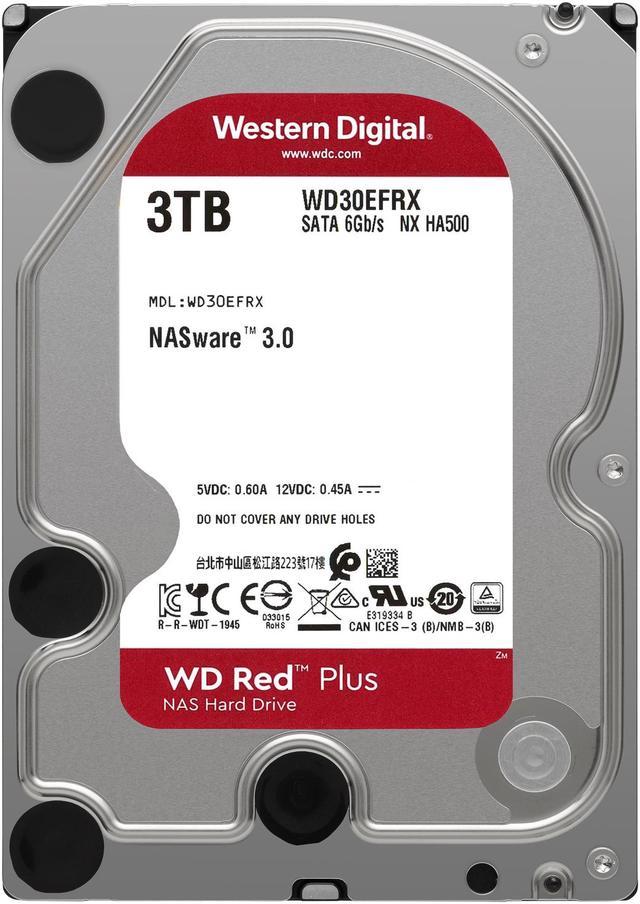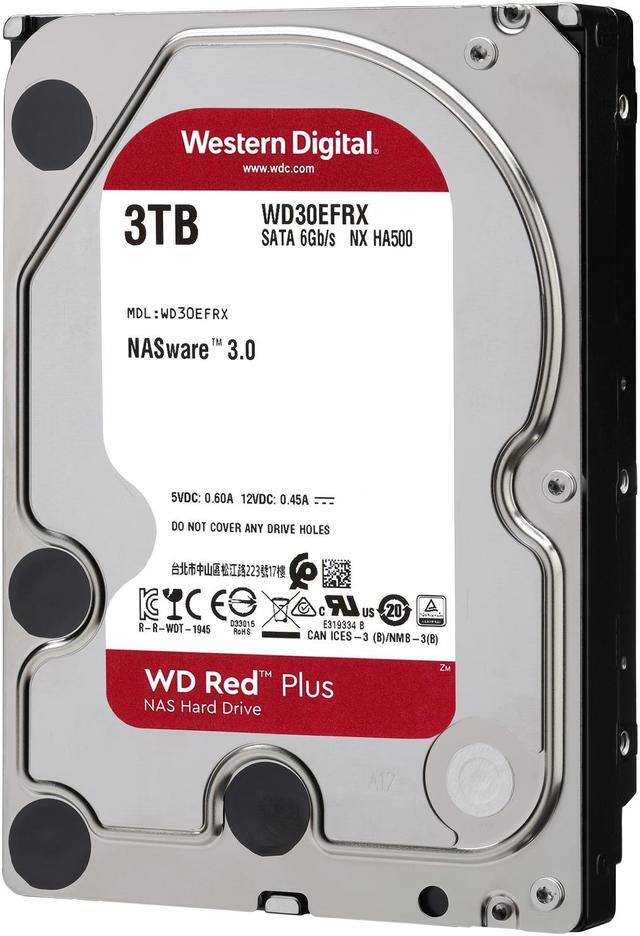



Make informed decisions with expert advice. Learn More
The color of NAS.WD Red hard drives are designed and tested for compatibility in the unique 24x7 operating environment and demanding system requirements of home and small office NAS.
Capacity: 3 TB
Rotational Speed (RPM): IntelliPower
Microsoft operating systems prior to Vista, 32-bit operating systems, and Mac systems prior to OSX 10.4 may not support volumes greater than 2TB. To recognize the full capacity of this drive, you may need multiple partitions. Check with the manufacturer to verify your system's compatibility.
Interface: SATA3
Data Transfer Rate: 6 Gb/s Buffer to Host (max); 145 MB/s Host to/from drive (typical)
Form Factor: 3.5 inch
Read/Write: 4.4 Watts
Standby: 0.6 Watt